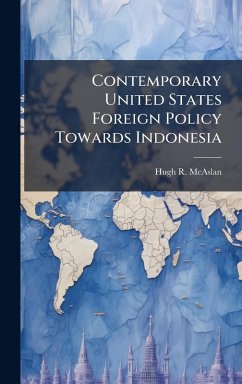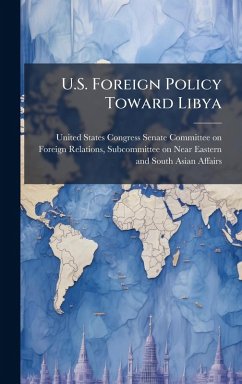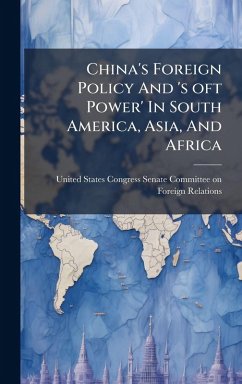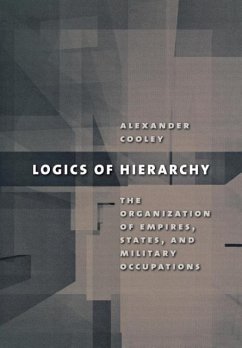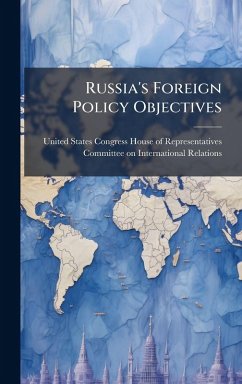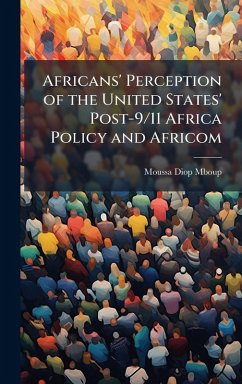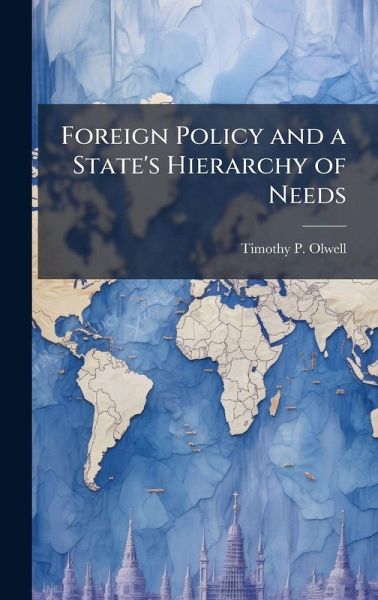
Foreign Policy and a State's Hierarchy of Needs
Versandkostenfrei!
Versandfertig in über 4 Wochen
25,99 €
inkl. MwSt.
Weitere Ausgaben:

PAYBACK Punkte
13 °P sammeln!
The last 60 years saw a great change in United States involvement in the world. From an isolationist position before World War II, the United States moved to world leadership as underwriter of European security and balancer of Soviet expansionism. The reason this country bore the brunt of that huge undertaking was clear. It was in our "Vital National Interests." First, fascist aggression sought world domination, and war resulted. Then, the security of the United States was clearly tied to blocking the spread of communism through a national policy of containment. In November 1989, the Berlin Wa...
The last 60 years saw a great change in United States involvement in the world. From an isolationist position before World War II, the United States moved to world leadership as underwriter of European security and balancer of Soviet expansionism. The reason this country bore the brunt of that huge undertaking was clear. It was in our "Vital National Interests." First, fascist aggression sought world domination, and war resulted. Then, the security of the United States was clearly tied to blocking the spread of communism through a national policy of containment. In November 1989, the Berlin Wall came tumbling down and with it Churchill's famous Iron Curtain. Just two years later, in December of 1991, the Union of Soviet Socialist Republics died. The rapid fall of the Soviet Communist regime did two drastic things to international politics. First, it ended the communist threat to the US and free world. Second, the fall ended the Cold War and with it, bipolarity. Now turbulence worldwide generates as ethnic and nationalistic sentiments surface and cause civil and regional conflicts. Previously, these sentiments were buried under the mantel of communism. These conflicts present new challenges for the world and those concerned with maintenance of its order. The United States has not determined how to define these problems and the interests of this country, nor what the proper response to these events should be. The old bipolar paradigm is inadequate and a new one must be developed. This paper proposes a new model for United States involvement around the world. This work has been selected by scholars as being culturally important, and is part of the knowledge base of civilization as we know it. This work was reproduced from the original artifact, and remains as true to the original work as possible. Therefore, you will see the original copyright references, library stamps (as most of these works have been housed in our most important libraries around the world), and other notations in the work. This work is in the public domain in the United States of America, and possibly other nations. Within the United States, you may freely copy and distribute this work, as no entity (individual or corporate) has a copyright on the body of the work. As a reproduction of a historical artifact, this work may contain missing or blurred pages, poor pictures, errant marks, etc. Scholars believe, and we concur, that this work is important enough to be preserved, reproduced, and made generally available to the public. We appreciate your support of the preservation process, and thank you for being an important part of keeping this knowledge alive and relevant.



